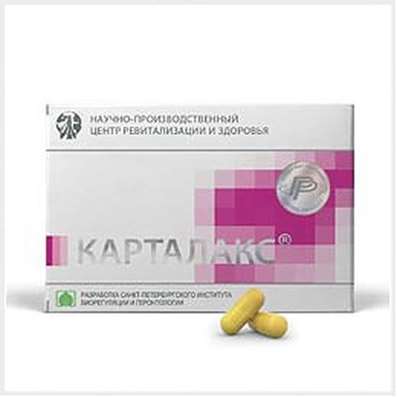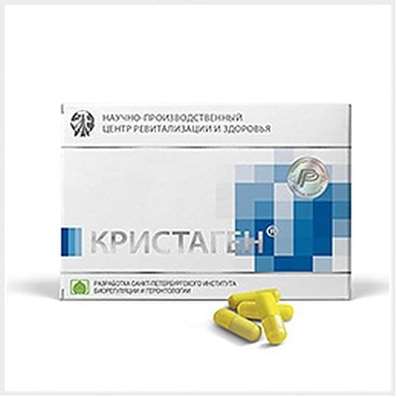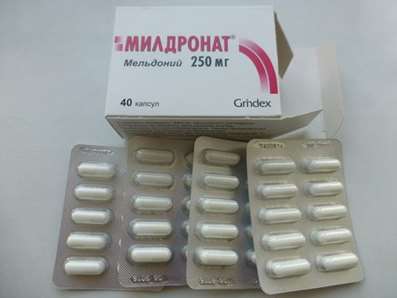Mildronate in the treatment of stable angina pectoris
10 Oct 2016
The beginning of this millennium was marked by a significant spread of cardiovascular diseases take 2-3 place in the structure of mortality in industrialized countries. The main pathological condition occurring in many diseases of the cardiovascular system, in particular in ischemic heart disease (IHD) is hypoxia. It is proved that in the fight against hypoxia-effective is the use of metabolic pharmacological agents that reduce hypoxia and increases resistance to oxygen deficiency. Of particular interest are drugs metabolic action purposefully influencing the metabolism during hypoxia. According to many experts, a leader in this area was the original domestic product Mildronate
Inventing of the drug Mildronate were synthesized 10 thousand new substances. The findings of this research revealed a large number of compounds with high biological activity - antiischemic, antioxidant, cardioprotective, hepatoprotective, wound healing, anti-inflammatory, immunomodulating, neuroprotective, nootropic, antihypertensive.
Meldonium as a biologically active substance catch our attention, in particular, the fact that it exhibits the ability to increase the survival rate of animals in different types of hypoxia, which served as a starting point for more in-depth research. We have found that reaction of the substance normalizes energy and carbohydrate metabolism in acute or chronic ischemia or cerebral infarction, while maintaining structural and functional integrity of neurons and cardiomyocytes.
Such widespread use of Mildronate in clinical practice due to its unique properties. Mildronate refers to metabolitotropic funds with strong antioxidant mechanism of action, having as antianginal, antiarrhythmic, immunomodulatory, anti-inflammatory, membranoprotektivnym, neuroprotective, nephroprotective action. Meldonium activates compensatory malate-aspartate shunt production of ATP in conditions of acute ischemia, promotes the normalization of the Krebs cycle in chronic ischemia. Mildronate initiates and regulates red / oxi-dependent expression of transcription factors (c-fos, NF-kappa-B, JNK). For example, pharmacodynamics and clinical efficacy Meldonium further modern concept metabolitotropnoy cardioprotection has been developed, the effect of which is aimed at restoring energy production cardiomyocyte in ischemia due to the activation and regulation of compensatory shunts energy, reducing the harmful effects of free radicals, as well as the restoration of receptors and ion channel sensitivity contractility and cardiac conduction system. In the course of studying the mechanism of action of Mildronate were raised fundamental medicine, in particular, the open part of the heat shock protein (HSP70) in the mechanisms of endogenous cardioprotection. Meldonium increases the activity of antioxidant system cells and limits the negative effects of oxidative stress.
Results of a multicenter randomized trials indicate whether to include Mildronate in complex treatment of patients with both acute coronary syndrome and CHD. Mildronate improves the clinical course of the disease, reducing the number and duration of episodes of myocardial ischemia, the need for nitroglycerin, improves exercise tolerance, and thus improve the prognosis and quality of life of patients.

 Cart
Cart





